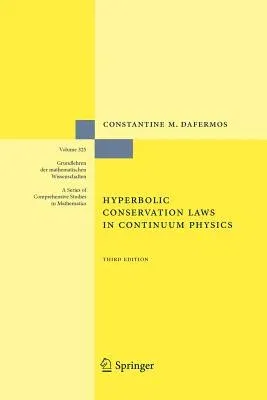Constantine M Dafermos
(Author)Hyperbolic Conservation Laws in Continuum PhysicsPaperback, 29 November 2011

Qty
1
Turbo
Ships in 2 - 3 days
In Stock
Free Delivery
Cash on Delivery
15 Days
Free Returns
Secure Checkout
Part of Series
Grundlehren Der Mathematischen Wissenschaften
Part of Series
Grundlehren Der Mathematischen Wissenschaften (Springer Hardcover)
Print Length
710 pages
Language
English
Publisher
Springer
Date Published
29 Nov 2011
ISBN-10
3642242421
ISBN-13
9783642242427
Description
Product Details
Author:
Book Format:
Paperback
Country of Origin:
NL
Date Published:
29 November 2011
Dimensions:
23.39 x
15.6 x
3.78 cm
ISBN-10:
3642242421
ISBN-13:
9783642242427
Language:
English
Location:
Berlin, Heidelberg
Pages:
710
Publisher:
Series:
Weight:
1029.65 gm

